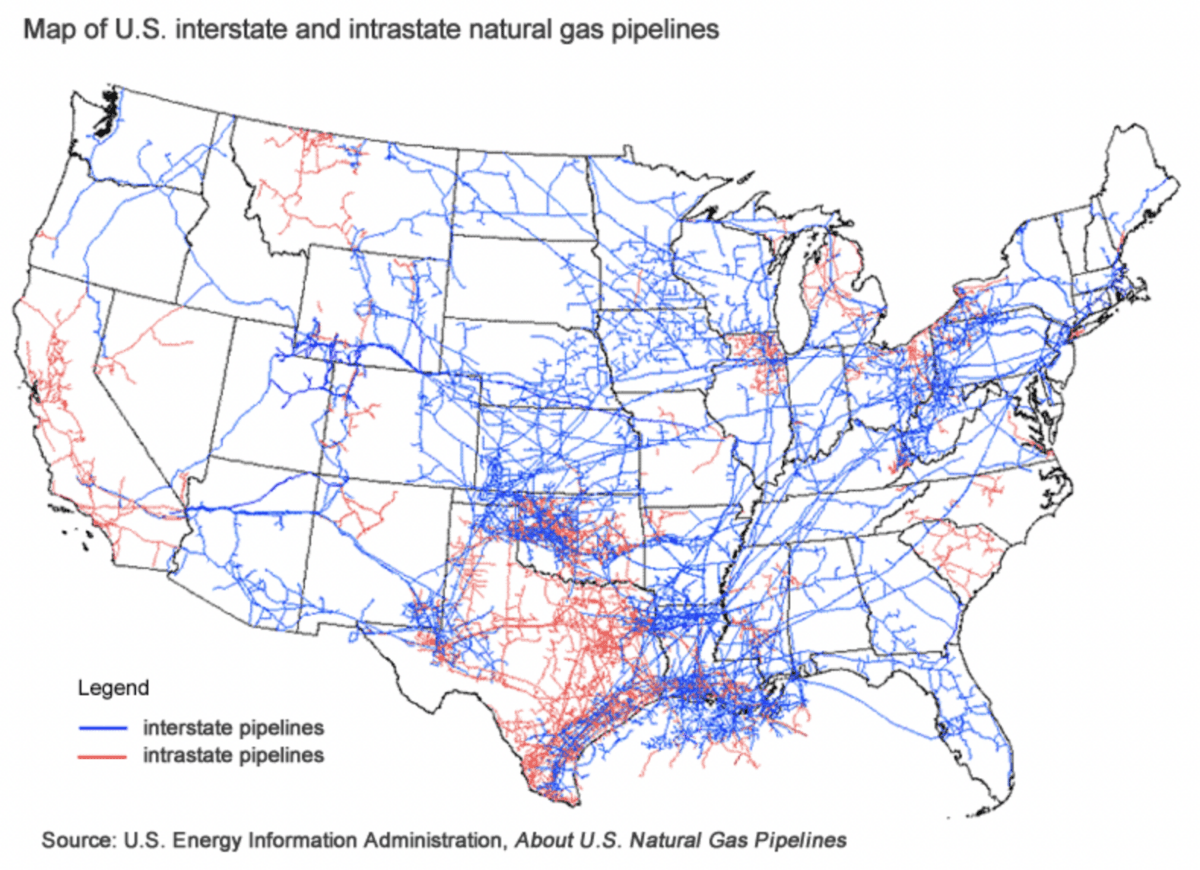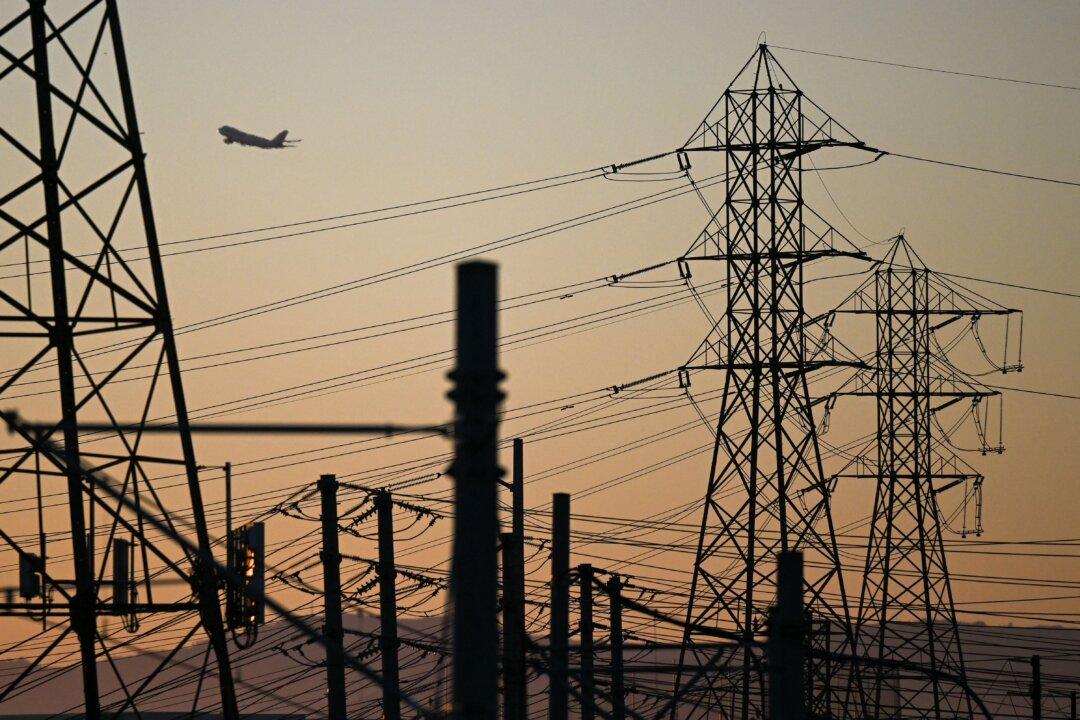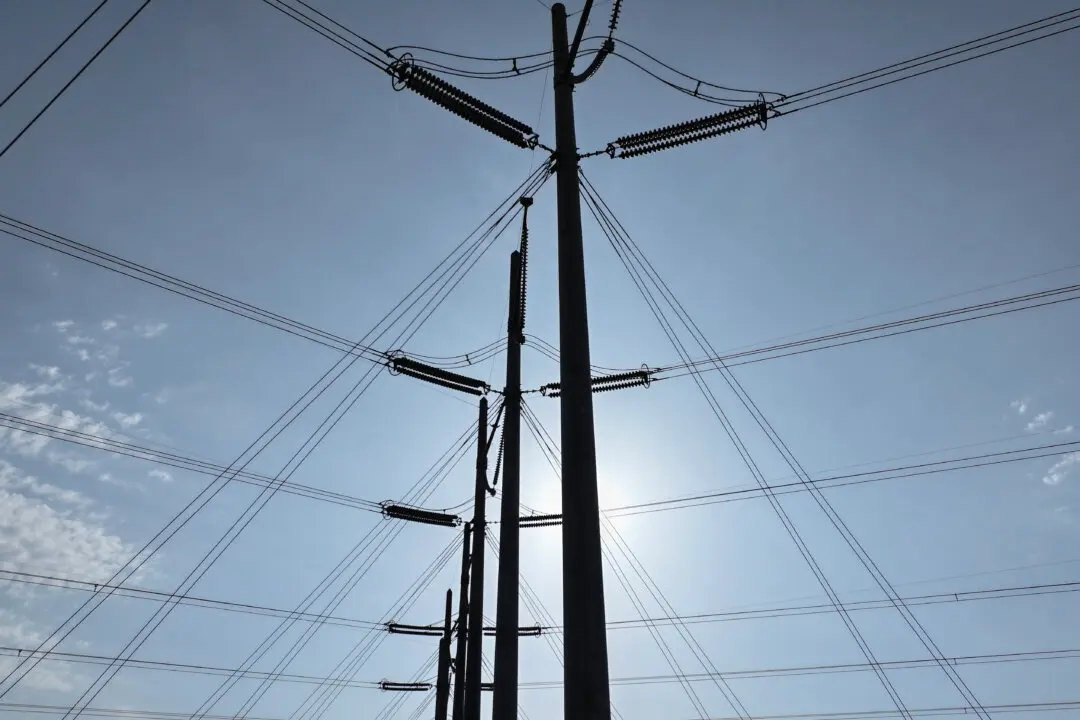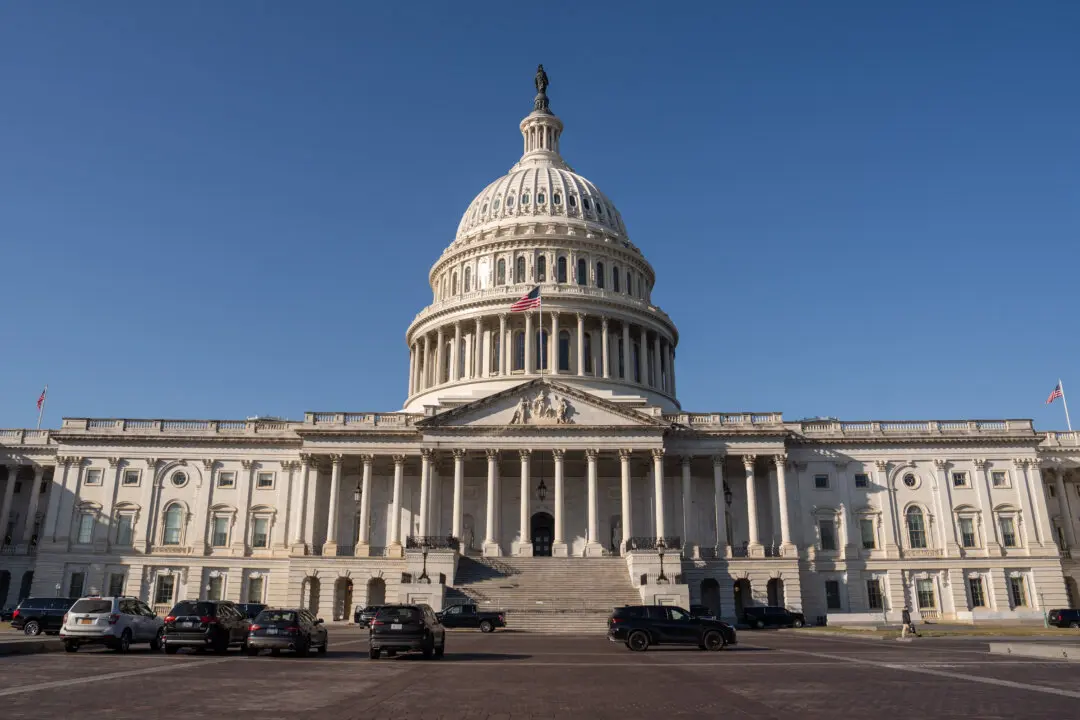There were approximately 10,000 energy projects in April designed to produce more than 2,000 gigawatts (GW) of collective power waiting for permits from federal and state agencies to connect to electric grids across the United States.
The problem is, that is nearly twice the collective electricity output of the 1,250 GW now being produced by all the nation’s power plants, most of which were built to generate power using fossil fuels.
Therefore, two bottlenecks are looming—more power is trying to squeeze into an inadequate grid and coal-fired plants are being retired faster than new plants using renewable energy sources such as wind and solar are being built to replace them.
“The United States is heading for a reliability crisis,” Federal Energy Regulatory Commission (FERC) Commissioner Mark Christie warned on May 4 in a hearing before the Senate Energy & Natural Resources Committee.
“I do not use the term ‘crisis’ for melodrama, but because it is an accurate description of what we are facing,” Christie said. “I think anyone would regard an increasing threat of system-wide, extensive power outages as a crisis.”
Committee chair Sen. Joe Manchin (D-W.V.) and ranking Republican Sen. John Barrasso (R-Wyo.) agreed, with both identifying the same culprit in an “impending, but avoidable, reliability crisis” that confronts the nation’s electricity grid.
The “premature fossil retirements” amid increasing demand for power are a result of President Joe Biden’s green energy initiatives in 2021’s Bipartisan Infrastructure Law (BIL) and 2022’s Inflation Reduction Act (IRA) that incentivize investments in renewable energy.
The incentives have proven effective in inducing investor interest—maybe too successful with projects being proposed and approved sooner than expected and faster than the grid’s transmission capacity is expanding.
The Biden administration is “trying to force a dramatic increase in electrical demand” through the BIL and IRA, Manchin said, which will foster disruptions in transmission as old plants are retired and new ones come online.
“We do have to address climate change but this transition is happening too fast,” he said, noting he and House Republicans have filed bills that address transmission. “I hope we can sit down and negotiate in good faith and put politics aside.”

Natural Gas Shunted Aside
Barrasso blasted the Biden administration for contributing to the pending energy transmission bottleneck by discouraging natural gas pipeline development, citing an April U.S. Energy Information Agency (EIA) report that documented the least amount of pipeline was built in 2022 than any time since such record-keeping began in 1995.
Without restoring “balance” in the nation’s energy equation that includes coal, natural gas, and oil, “energy prices will skyrocket, grid reliability will degrade, and families all across the country will suffer,” Barrasso said.
Christie was one of the four FERC commissioners to address the Senate committee during a hearing on the agency’s $520 million fiscal year 2024 budget request, but few questions posed by senators during the session directly addressed the proposed spending plan.
Under the Federal Power Act, Natural Gas Act, and Interstate Commerce Act, among other legislative and administrative actions, FERC is responsible for managing the nation’s electrical grid.
More than 5,200 megawatts (MW) of oil, coal, and nuclear power plant energy generation were “retired” between 2013 and 2022, and another 5,000 MW of coal- and oil-fired generation could be retiring in coming years, according to the U.S. Energy Information Agency (EIA).
Coal-fired plants that generate more than 200,568 MW of energy plan to shut down by 2029 because of “continued competition from natural gas and renewable resources” and higher operating costs associated with older, less efficient coal-fired generators, the EIA reported in November 2022.
It said an average of 9,450 MW of coal-fired electricity was retired annually between 2012 and 2021. U.S. coal-fired plant retirements totaled 11,778 MW of capacity in 2022. That trend is expected to continue at least through 2029 when, the EIA projects, 23 percent of the remaining 200,568 GW of coal-fired energy will go offline.
Michigan, Texas, Indiana, and Tennessee will see the most “coal-fired capacity retirements” through 2029, accounting for a combined 42 percent of energy generation in those four states that will need to be replaced.
Natural gas is also leaving the grid faster than it is being replaced. In November, FERC anticipated 107 units of “high-probability” natural gas units totaling 17,062 MW capacity would go online by September 2025. Over that same time span, however, 130 units totaling 17,489 MW of natural gas power will go offline.
By September 2025, FERC anticipates that the amount of electricity produced by renewable energies will grow from about a quarter of the nation’s power generation to one-third of “available, installed generating capacity.”
Utility-scale solar and wind generating capacity would expand from 17.37 percent of domestic capacity to 23.24 percent by September 2025, with solar and wind accounting for 11.23 percent and 12.01 percent, respectively, according to FERC.
While the sharp increase in FERC’s three-year forecast for wind and solar, coupled with coal-fired plant retirements and the “apparent peaking of natural gas” as a source of electrical generation applauded by renewable energy proponents, even those who support the shift to renewables are raising alarm about the timing of a transition that is happening faster than government capacity to plan and regulate.





